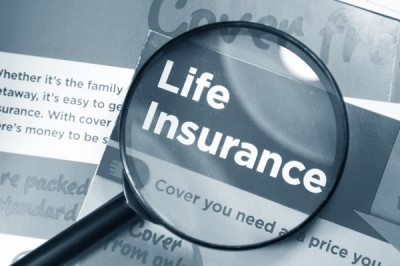Insurance Sales Channel

Sales of life insurance products via the Internet in South Korea showed an average annual growth rate of 38 percent in the past decade.
According to Korea Insurance Development Institute on October 8, the sales of life insurance in terms of first premiums through cyber-marketing (CM) channels increased by 24 times in the past 10 years from 600 million won (US$523,332) in 2006 to 14.2 billion won (US$12.39 million) in 2016. In terms of annual growth rate, it is 37.8 percent.
The sales through face-to-face channels surged 5.8 percent a year on average over the same period, while that through telemarketing (TM) and home shopping channels rose 1.9 percent.
The face-to-face channels accounted for 98 percent of the total sales and the non-face-to-face channels such as CM, TM and home shopping made up the remaining 2 percent.
As for CM channels, sickness and disaster insurance products showed relatively high sales. The sales of sickness and disaster insurance products through CM channels account for 55 percent of the total, which is 13 percent point higher than 42 percent of the share of sickness and disaster insurance products in the total life insurance products. Cancer insurance products were sold the most with 24 percent among sickness and disaster insurance products.
By age of insurance policy holders, 77 percent of those who are under 20 years old had children insurance, while 53 to 65 percent of them purchased sickness and disaster insurance products when they became adults. Young adults and middle-aged consumers had high demand of guaranteeing cancer, which was the number one cause of death, for sickness and disaster insurance products. About 51 percent of consumers in their 20s and 30s had cancer insurance products, while 45 percent of consumers in their 40s and 50s had cancer insurance products. The elderly was very interested in health insurance or accident insurance which guaranteed accidents including joint sprain and falling. Those who are over 60 years old accounted for 17 percent of the total cancer insurance, while they made up 37 percent of the total health insurance and 29 percent of the total accident insurance.
CM channels had the lowest level of premiums than other channels. Suppose the average premium for cancer insurance is 100, face-to-face channels has the highest level with 112, followed by home shopping with 92, TM with 88 and CM with 72.
Meanwhile, small and mid-sized life insurance companies had a 69 percent market share in CM channels, leading CM channel business. Large companies had a 26 percent market share, while foreign insurance companies had a 4 percent market share.


